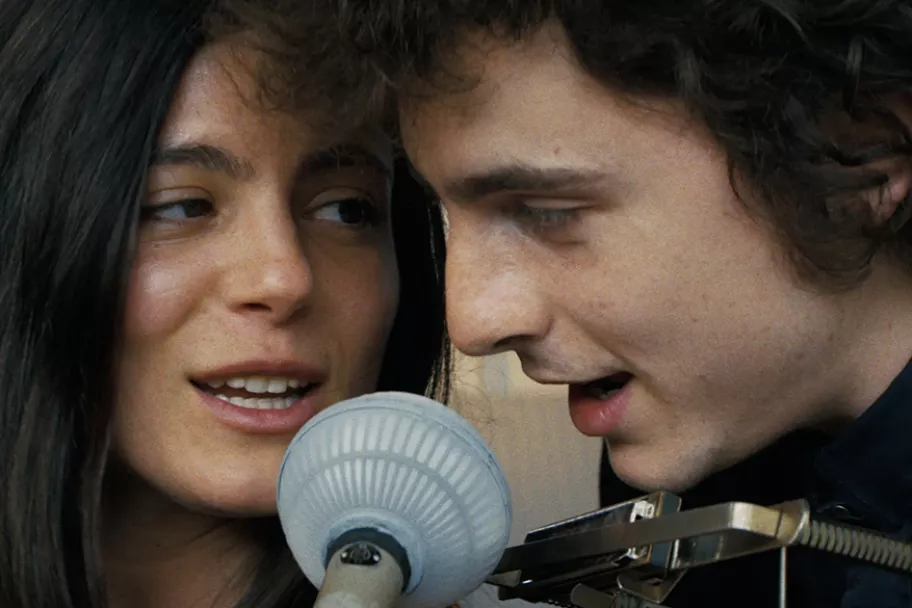The Star's critic MARIA DUARTE recommends an impressive impersonation of Bob Dylan
What have we made?
Effectiveness lies in how much we identify with protagonists akin to ourselves; how much we’re all in this together
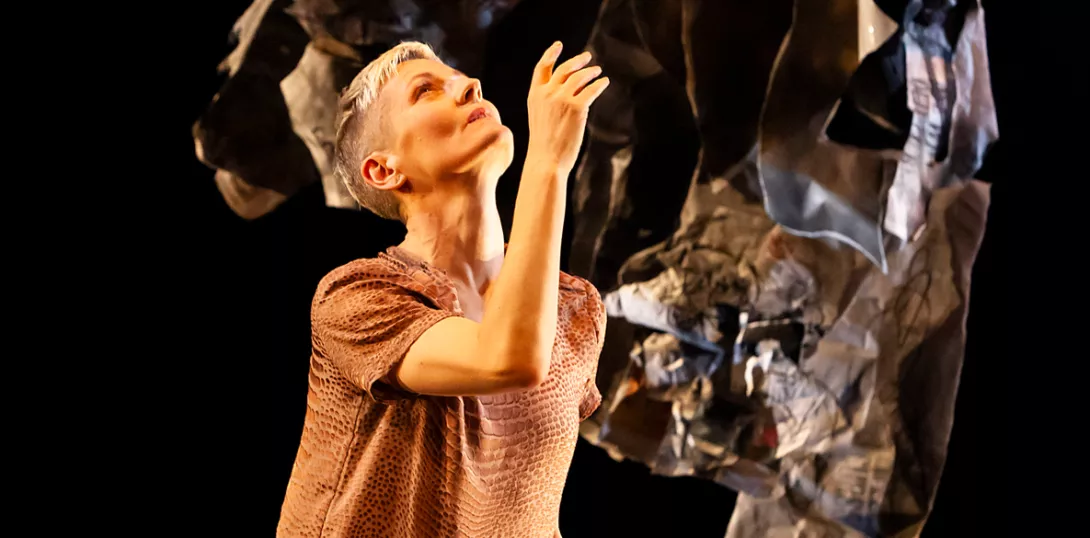
And The Birds Did Sing
Tron Theatre, Glasgow
WHEN, at the end of Curious Seed’s show And the Birds Did Sing, the performer Christine Devaney voiced the question: “Has anything changed?” I could have leapt to my feet and honestly answered yes.
Her timing was apposite. I had begun to be keenly aware of how differently I now felt, in comparison with having breached Glasgow’s Tron Theatre for a nestle and a curious watch, just an hour prior.
More from this author
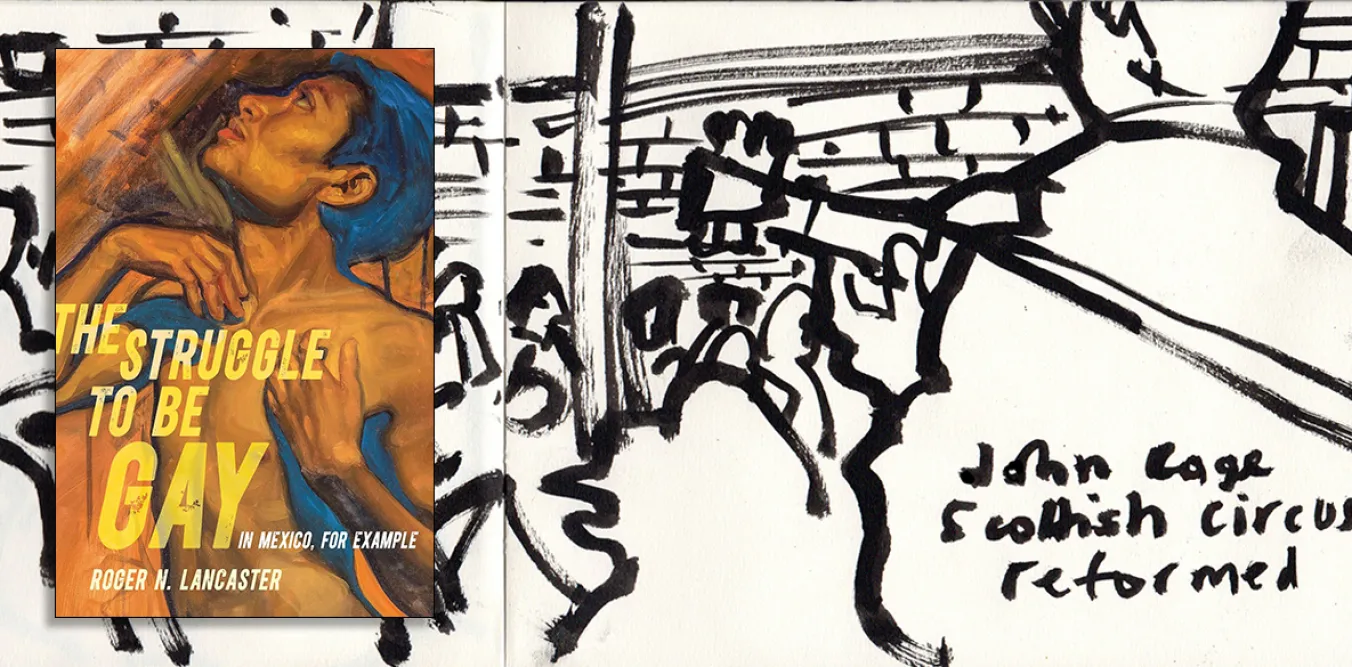
A landmark work of gay ethnography, an avant-garde fusion of folk and modernity, and a chance comment in a great interview
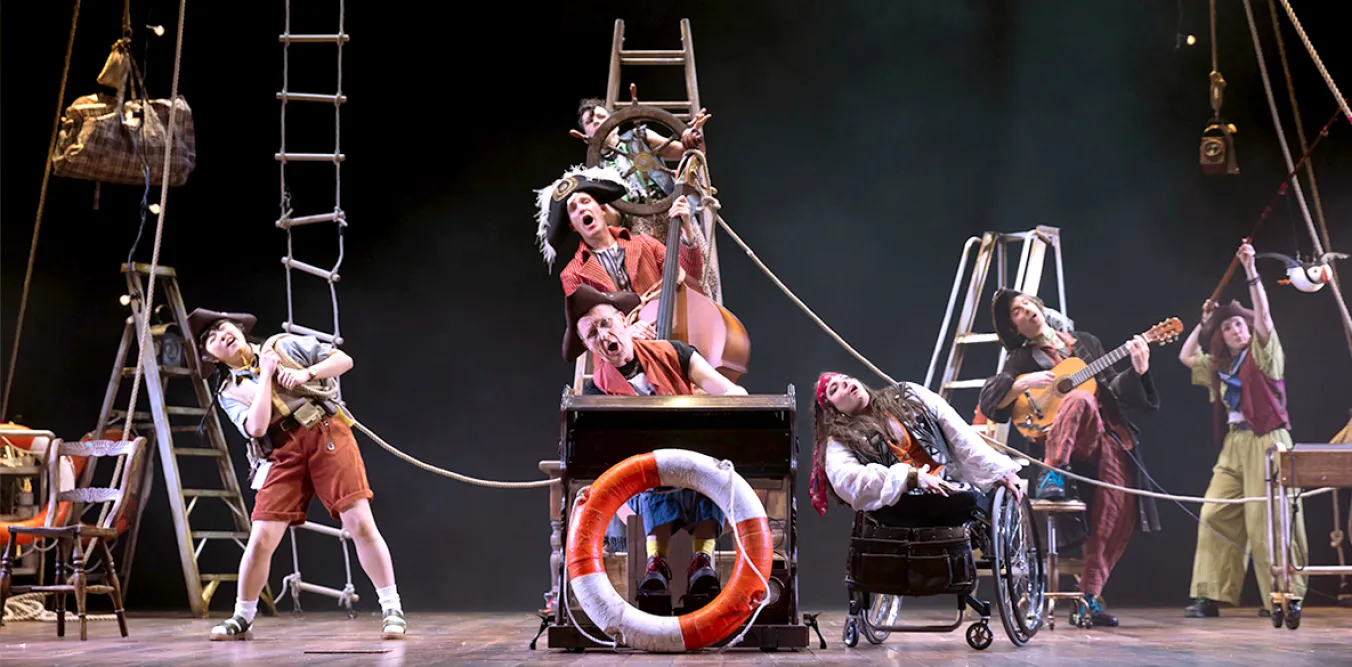
ANGUS REID applauds the inventive stagecraft with which the Lyceum serve up Stevenson’s classic, but misses the deeper themes

ANGUS REID time-travels back to times when Gay Liberation was radical and allied seamlessly to an anti-racist, anti-establishment movement
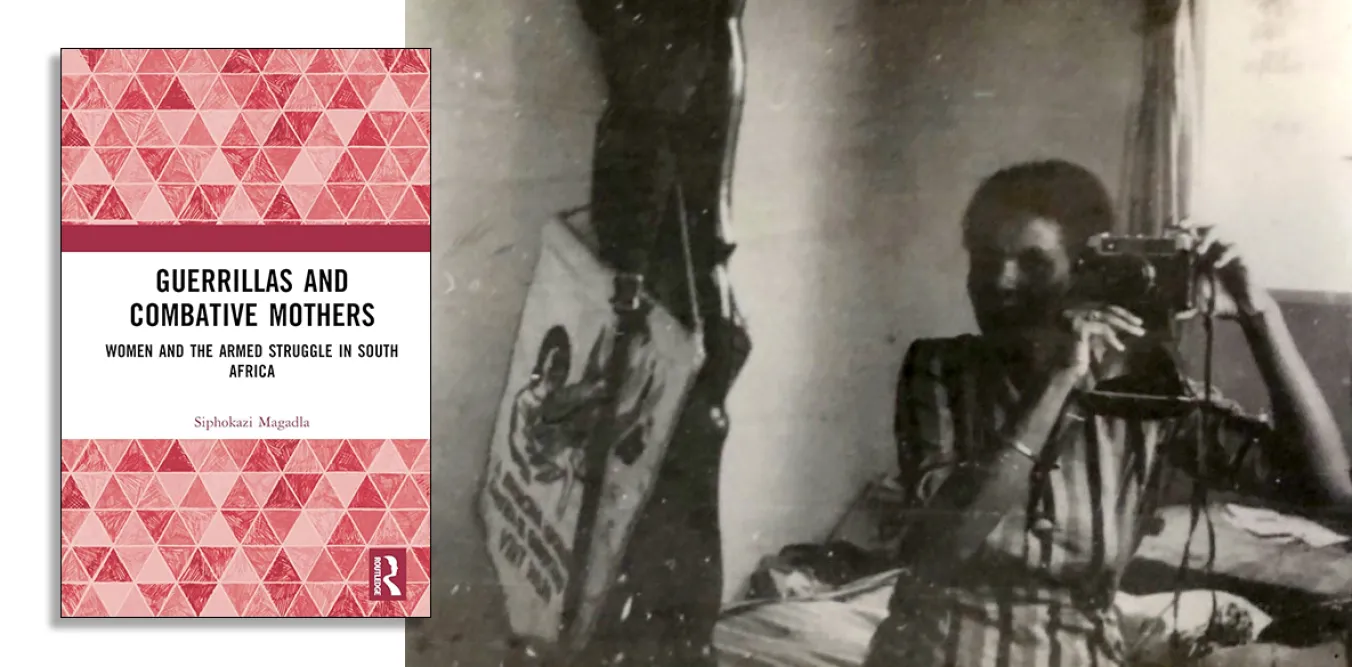
ANGUS REID speaks to historian Siphokazi Magadla about the women who fought apartheid and their impact on South African society
Similar stories

The Star's critic MARIA DUARTE reviews Sing Sing, Mandoob (Night Courier), Close To You, and The Count of Monte Cristo
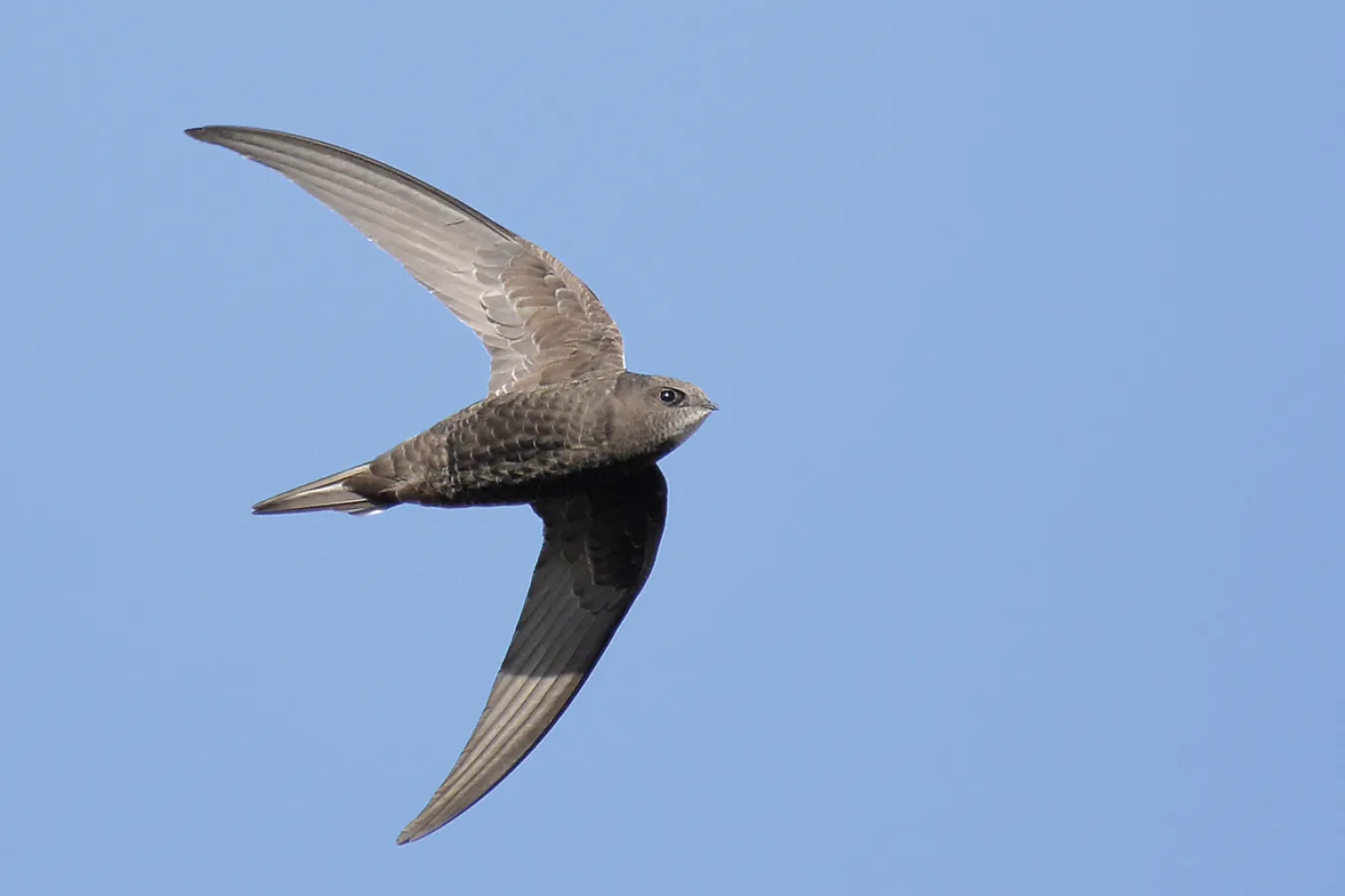
How is this much-loved migratory bird species faring as rising temperatures change when seasons arrive, asks ALEXANDER C LEES
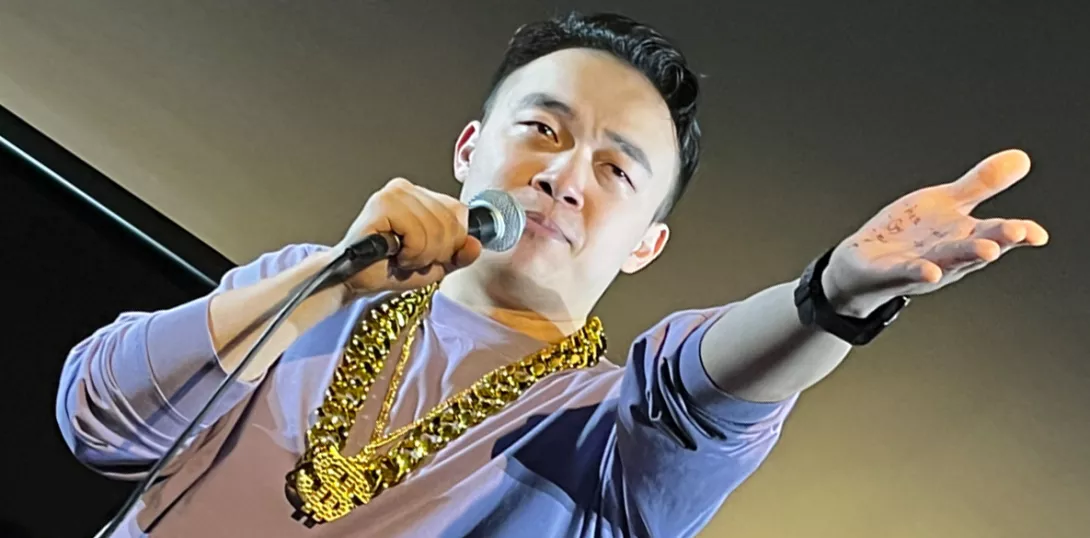
JAMES WALSH applauds the observations of a new Chinese master of stand-up
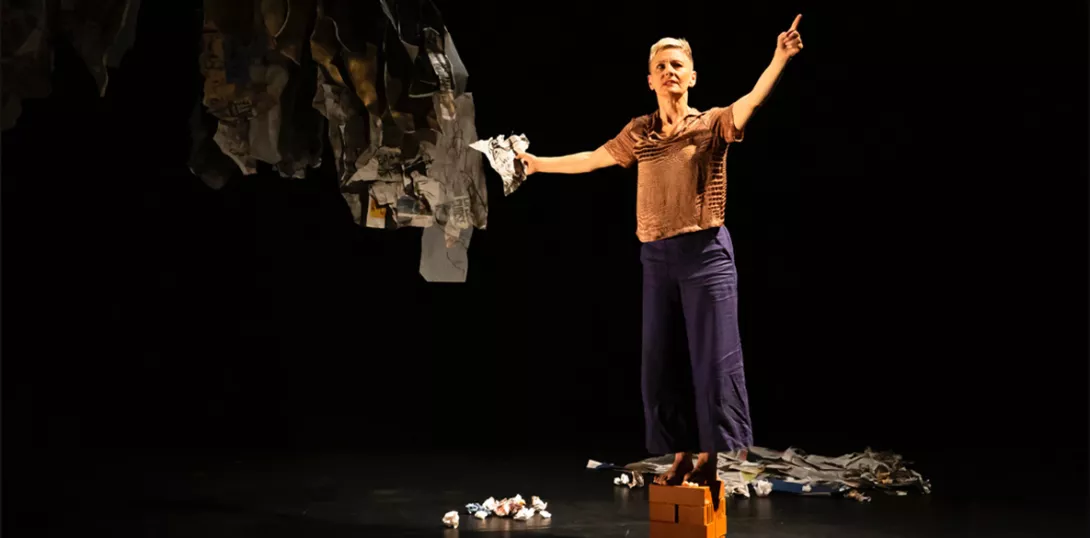
MATTHEW HAWKINS speaks to dance-artist and community catalyser Christine Devaney about past and new projects


